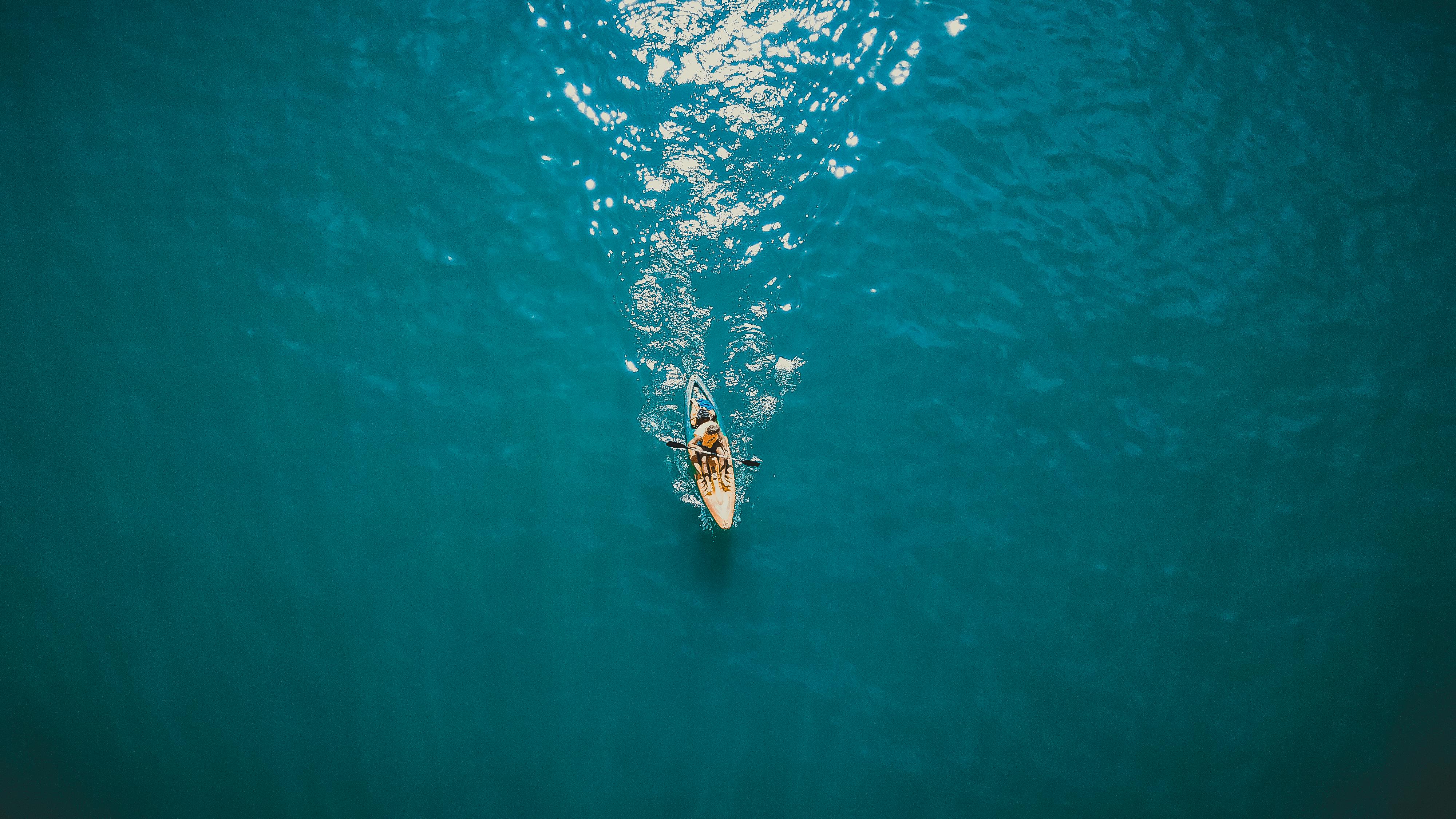Cheetahs, along with the African lion and leopards, are some of the “big cats” that live in Kenya. Its distinguishing features are its light brown spotted fur and a black tear line running down both sides of its face.
Anyone who has seen one will always say that it looks rather sad, an expression that comes from the appearance of black tears that run from the inner corner of each eye. No need to worry though, these are not tears, but a special anti-glare mechanism that helps these animals keep their eyes firmly on prey in the shimmering heat of the savannah.
Speed
The Ferrari of the animal world; Cheetahs are the fastest animals in the world, graceful and with great traction control. It can reach speeds of up to 70 miles per hour over short distances due to its long, muscular legs, small head, deep chest, flexible tail, and long tail.
Ray
These Kenyan animals received much-welcome international publicity recently when Usain Bolt, the world’s fastest man, adopted a cub and named it “Lightening Bolt.”
The champion sprinter from Jamaica was on a four-day trip to Kenya to help a German charity, the Zeitz Foundation, launch a new conservation initiative when he met a three-month-old cub and named it after him. It’s amazing that one day he runs faster than he can.
family oriented
Cheetahs are solitary animals; they prefer to be alone rather than spend time with others, the only exception being when a mother is raising her cubs. They are what every mother should be, patient and protective.
They spend about a year teaching their pups the trade of hunting, even getting the pups to practice stalking and chasing live prey. The mother then spends another year and a half with the cubs before they are off to face the wild world on her own. Males live in small groups of two or three, usually with their littermates.
What do cheetahs eat?
Unlike most of their relatives in the cat family, these cats hunt early in the morning or at night, getting as close as possible to the target prey before initiating the chase. Once they have brought their prey to the ground, they suffocate it with a bite to the neck. It’s all very fast, and if they’re lucky enough to go undetected, they’ll drag their prey to a shady hideout.
Eating must also be done very quickly as other predators such as the African lion, hyenas and vultures soon appear on the scene and do not give up. This cat is shy and won’t argue with bullies, he would rather walk away and leave them with the food.
So, on the menu there are delicious dishes such as impalas, gazelles, wild boars, hares, jackals, and also birds. Cheetahs only need to drink every three to four days, so water doesn’t exactly top the priority list.
Habitat
Feeding requirements dictate where you can typically find these cats. Its favorite habitat is open and partly open savannah.
Additionally, they need some cover such as tall grass, bushes, and bushes to properly stalk their victims before attacking. Some of the best places in Kenya with this type of terrain are the Masai Mara National Reserve and the Amboseli National Park.
The Masai Mara desert is a huge expanse of land that stretches all the way to the Tanzanian border and covers 320 square kilometres. The park’s ecosystem attracts a large number of animals and these felines are drawn to the park’s open grasslands.
Amboseli National Park is much smaller but has beautiful views, especially of Africa’s highest mountain, Kilimanjaro. However, what is most interesting to cheetahs is the dry riverbed of Lake Amboseli on the western side of the park. Although it sometimes floods during the rainy season, more often than not it provides plenty of suitable open ground for the chase.
If you’re only in Nairobi for a short time and can’t get to the parks, the Nairobi Safari Walk is a great place to see one of these cats in near-wild conditions. Just walk up the elevated boardwalk, through the savannah and keep your eyes peeled.
